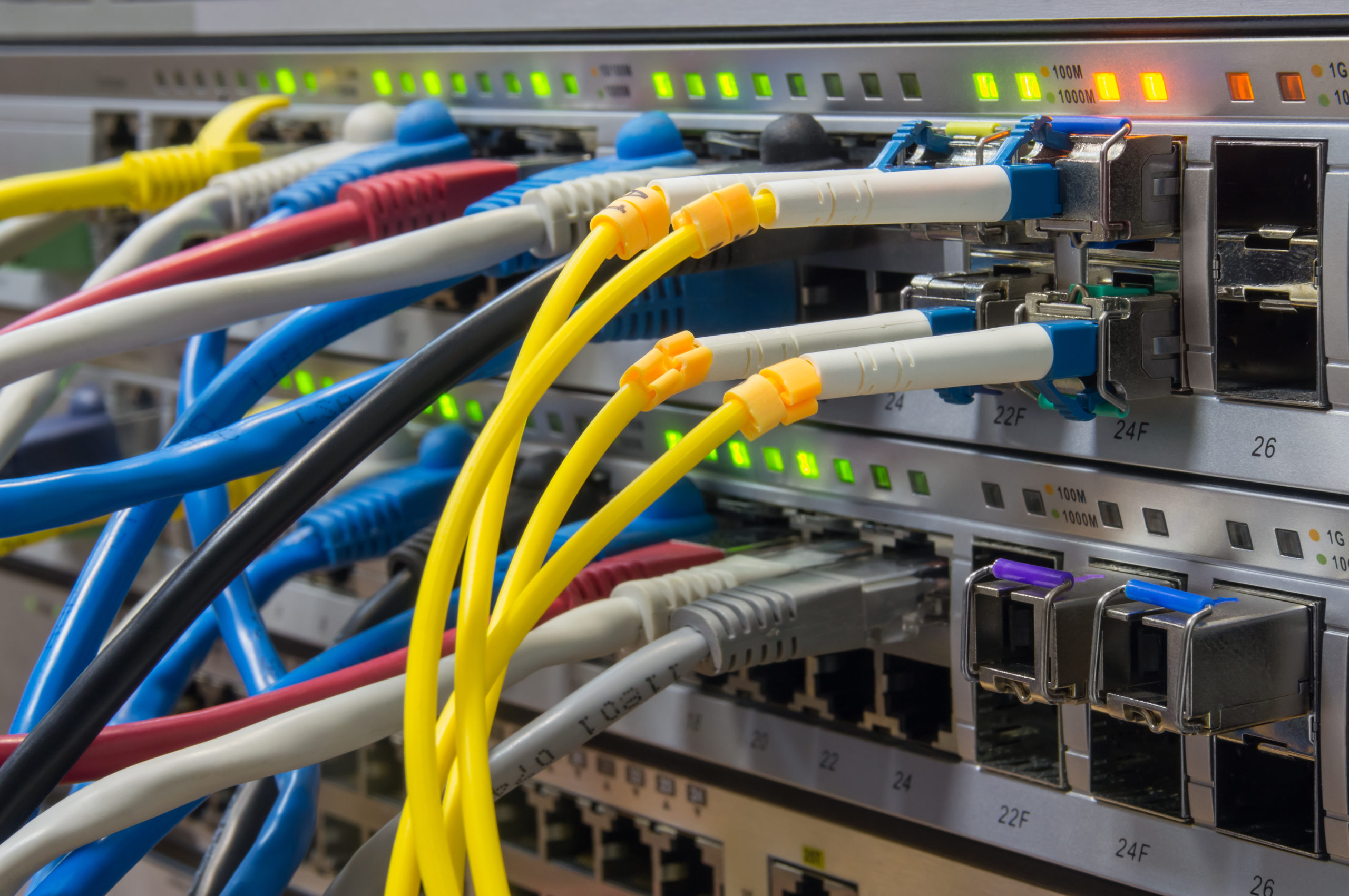
23 Jul Industrial Internet of Things (IIoT)
You may have heard the term Internet of Things (IoT) recently. It has appeared in technology and mainstream media for about a decade, although the initial groundwork was done almost forty years ago. Even if you haven’t heard of it before, you probably use the IoT all the time.
The most common example is the ubiquitous smartphone. This is a device (thing) connected to the Internet. All “things” in the IoT share this characteristic of Internet connectivity.
The Industrial Internet of Things
The IoT you know and use can be called the consumer IoT. In contrast, the IoT for industrial use (the Industrial Internet of Things, or IIoT) operates on the same basic principles, but on a much larger scale. There are few, if any, industries that are not being touched or even transformed by the IIoT revolution.
Here are three examples of the real-world use of the IIoT. They each share common themes like the adoption of advanced technology including artificial intelligence (AI), 5G, and IoT equipment.
Space Exploration
You may have watched a live video stream of a SpaceX Falcon 9 rocket launch. The stage one and two telemetry data of a launch update are shown in real-time since the sensors on the rocket is constantly measuring and transmitting that data to ground stations. The same applies to the video feeds whose sensors are cameras.
Those ground stations relay the signals to SpaceX Mission Control. The engineers, who are connected to video streaming platforms, then assemble the signals along with the commentator’s audio to produce the final live video. None of this would be possible without the IIoT. Nor would the perfect, autonomous landing on the drone ship that you may have seen.
Monitoring for Medical Problems
The IIoT is transforming healthcare. For instance, many consumers have started wearing fitness technology over the past few years. Some of those consumers have also been sharing their exercise, fitness, and medical data. Using AI and the related technology of machine learning, the medical profession has made progress in predicting health problems long before they occur.
Now, healthcare providers are leveraging these insights and using the IIoT to predict, diagnose and prevent health problems for those in the highest risk groups. For example, monitoring patients with a high risk of a heart attack used to require a cardiac catheter, which is a complex and expensive procedure. It is being replaced, however, by a tiny IIoT sensor implant that constantly monitors heartbeat and blood pressure. The patients’ doctor can inspect the data for indications of anomalies and can intervene before any medical emergency arises.
Manufacturing Operations Management
An emerging application area of IIoT technology is the smart or connected factory. Industrial manufacturing devices like robots can be easily networked. This allows them to report in on critical metrics such as their last inspection date, their upcoming maintenance schedule, or their overall health including their current operating temperature.
Managing the operations of factories and manufacturing plants has always been a critical and complex task. Unplanned downtime does not only interrupt output, it can lead to delayed delivery schedules, extended workforce hours, and increased production costs.
For large manufacturers with multiple, dispersed factory operations, the IIoT creates massive amounts of raw data. As technologies like AI become more mature, this data is driving analytics in manufacturing industries. This results in operations managers gaining actionable insights that are helping them better predict and proactively manage downtime.
Another trend in manufacturing is the adoption and integration of IIoT technology across the supply and distribution chains. When suppliers and distributors share their IoT data with manufacturers in real-time, the entire operation becomes more streamlined and efficient. This leads to greater cost savings and higher productivity.
How NAI Can Help
The world is rebuilding its infrastructure in a better, smarter, and more connected way. As large contracts are awarded for these infrastructure projects, those contractors who include IIoT networks that serve the manufacturing and processing industries in their bids are likely to succeed.
Further evidence from Gartner shows that 50% of industrial businesses will have adopted some form of IIoT technology by 2025. That number was only 10% in 2020. At NAI, we can design and manufacture custom interconnects (cable assemblies, harnesses, box and panel builds) that you need to meet that the growing demand.
NAI is a global leader in connectivity technology and solutions. Our agile customization and supply chain processes produce millions of units across production facilities in North America and Asia. We supply large-scale manufacturing companies that are responsible for on-time and on-budget delivery of multi-million dollar projects.
Contact us today to revolutionize your connection.

